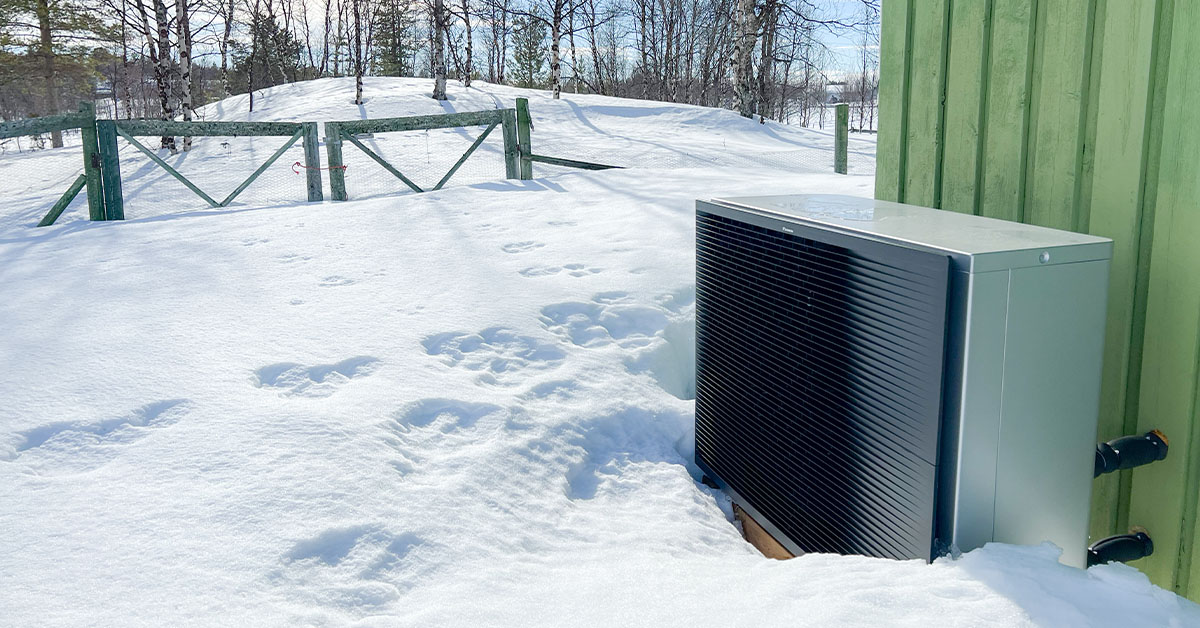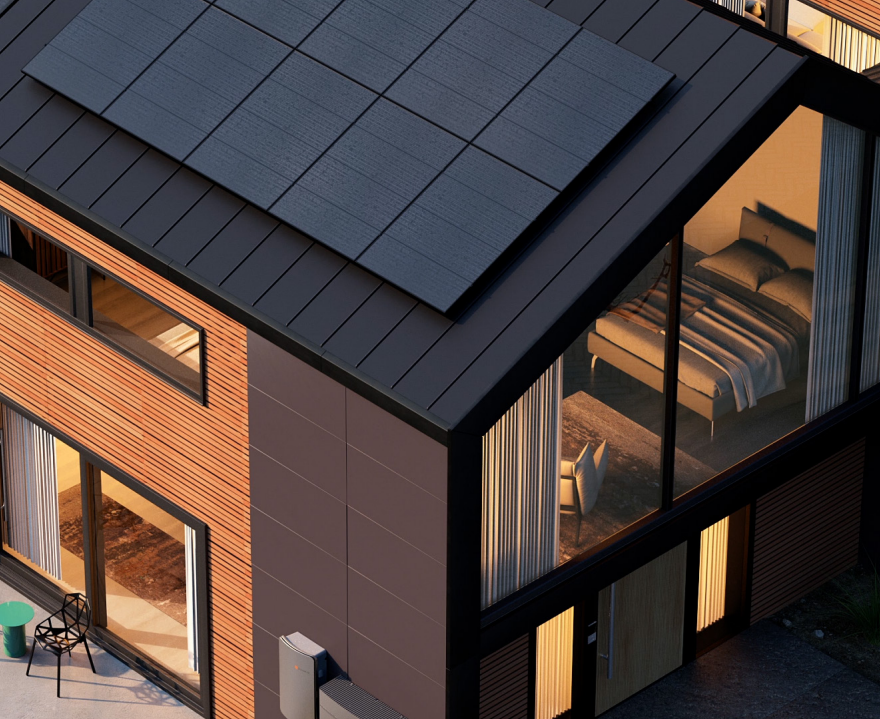
Overview: How Much Will You Save By Producing Solar Energy?
Our page covering electricity bill savings using solar panels is a 10-minute read. So, if you’re short on time, bookmark this page for later, and read this quick overview instead…
The actual amount you’ll save on your energy bills directly relates to consumption. However, using a typical property in London, you might expect to save £690 with SEG / £600 per year if electricity consumption is around 3,400 kWh annually.
These savings are made up of:
- Electricity being used directly from your solar panels
- Electricity being used from a battery, which is where you’ll store solar energy
- Payments from the Smart Export Guarantee; you’ll sell excess electricity back to the grid
Expect a payback period of around 10 years to cover the cost of solar panels. Whilst this payback period may rise to 12 years or more for those using a solar storage battery, they’re still worth the investment.
Energy costs almost doubled from 2010 to 2023, albeit there were a variety of reasons for this rise, it did shine a light on the advantages of having a little more self sufficiency in the face of uncertain times.

That’s going to protect you from any sudden bumps in electricity prices.
It’s worth using our clickable solar panel tool here. It takes less than 2-minutes to complete.
Alongside taking a few details about your property, we’ll complete a roof scan to give the most accurate estimations for potential electricity bill savings.
You can also toggle between different battery types to determine the best value setup for your property.
Average Electricity Usage
Solar panels systems can make your home far more self-sufficient. So, you could significantly reduce your electricity bill with the right setup.
Before we’re able to determine exactly how much you’ll save on your energy bills, we’ll need to work out how much electricity you use (in kWh). We’ll also need to determine your cost per kWh charged by your energy supplier.
If we take a look at this table from Ofgem, we can see a medium consumption household sits at 2,700kWh, with a high consumption household using up to 4,100 kWh per year:

Taking an average somewhere between medium and high, we’d expect a typical household to consume around 3,400kWh per year.
Electricity tariffs change almost daily, but typical costs per kWh currently are 22p, meaning a total spend of £748 per year.
This is the amount you’d save on your electricity bills if you were able to install a solar panel system that’s 100% self-sufficient, however due to standing charge that will never be fully achievable. That said, it is a good illustration of how dramatically you can reduce your bills.
It’s worth noting that the majority of solar panel systems will be able to reduce your electricity bills by 50-85%, you’ll need multiple storage batteries to get close to 100% self sufficiency. And, these batteries certainly aren’t cheap!
No one property is the same, so in order to get more accurate savings estimates, we’ve built a clickable tool here.
If you know either your annual electricity bill, or, your electricity consumption in kWh, put it into our tool above. It will determine the most suitable solar panel system, alongside estimates for annual savings on your electricity bill.

Electricity Bill Savings Using Solar Energy
According to the Energy Saving Trust, you could save up to £690 on your energy bills using a solar panel system. These figures are based on a fairly small 3.5kW system, suitable for a small-medium consumption household.

However, this isn’t specific to any property. In order to get more accurate savings estimates, you’ll need to use a solar panel configuration tool like ours here.
Our tool takes into consideration specifics to ensure estimates are as close as possible, including:
- Your electricity consumption and therefore, your average electricity bill
- Whether or not you want to use a storage battery
- Whether or not you want to plug into the grid, and sell solar energy via the Smart Export Guarantee
Our clickable solar panel tool even offers a free roof scan. This is incredibly important as it analyses the tilt angle and orientation of your roof; this will determine exactly how much electricity your solar panel system can produce.

Average Savings
Using our configuration tool, we’re able to get more accurate estimates when it comes to savings on your electricity bill.
For this example, we’ve used the property we mentioned above with 3,445 kWh of annual electricity consumption.
This system does not include a solar storage battery. Using a solar battery will lead to further energy bill savings, but the savings here are still substantial:
- The annual electricity bill drops from £758 to £145 per year
- Total saved per annum is £613
- The main saving here comes from a £437 per year Smart Export Guarantee payment

We’ll detail both the Smart Export Guarantee and electricity bill savings by incorporating a solar storage battery into your system below…
Smart Export Guarantee (SEG)
If you live in England, Scotland or Wales, you'll be able to take advantage of the Smart Export Guarantee (SEG).
This is a government scheme that allows households producing excess electricity, to sell it back to the grid and receive a payment.
Payments vary from supplier to supplier, but there are a couple of things to consider:
- You don't need to use the same supplier as you do for your electricity, so you can shop around for the best rates
- To qualify for the SEG, you'll need to use a MCS registered installer. DIY installations or those completed by non-certified MCS installers won't be eligible for SEG, and you'll lose out on £100s per year
As you can see, the property consuming 3,445 kWh we did a roof scan on above would see £437 of the £613 annual electricity bill savings come from SEG payments:

Use our solar panel configuration tool here. You’ll be able to get a roof scan, as well as flick between different battery options to determine which is the best solar panel system for your property.
Savings & Self-Sufficiency Using A Solar Storage Battery
One of the biggest decisions you need to make is deciding whether you want to buy a solar storage battery or not.
Again, using the example property above (3,445 kWh electricity consumption per annum), you’d be looking at system like this:
- 12 panels with a 25-year warranty
- 5.16kW
- Hybrid inverter
This system without a battery is going to cost just under £6,000.

Using this system, you’re likely to see a payback period of approximately 10 years. Generally, systems without a battery are the ones that see the lowest payback period.
But, systems without a battery also give the lowest “self-sufficiency” levels. Put simply, you’ll have a huge reliance on the grid for electricity. And because of this, you’ll be at the mercy of rising energy costs…not good!
Take a look at basically any graph or chart that plots energy prices in the UK and you’ll see they tend to go one way…up!
This one produced by Statista shows the average domestic electricity bill in the UK almost doubled from 2010-2023, however some of the dramatic increases were due to unexpected geopolitical circumstances and not a consistent trend, as shown by prices pulling back in 2024. That said, solar can help to shield you from such volatility:

With energy bills doubling every 10-15 years, your return on investment improves over time.
And that’s not taking into account, solar panel systems using a storage battery better protect homeowners from these rising energy costs.
Everything comes at a price, and this is what you should expect to pay for a high quality battery from a leading manufacturer such as Sunsynk, including installation:
- Small 5.3kW Sunsynk battery: £2,495
- Medium 10.6kW Sunsynk battery: £3,745
- Large 15.9kW Sunsynk battery: £4,995
Even by using the small 5.3kW Sunsynk battery at a cost of £2,495, you’ll see your electricity bill savings grow dramatically:

Without a battery you'd expect to save £613, or see savings of up to £704 per year using this small battery. The downside here is you’ll see your payback period go from 10-years to 12-years.
However, what’s more important here is how self-sufficient your property is, to protect your household from ever rising energy costs. Self sufficiency figures by using solar energy look like this:
- Solar panels only (no battery): 21% self sufficient
- Small 5.3kW battery: 61%
- Medium 10.6kW battery: 71%
- Large 15.9kW battery: 72%
If self sufficiency is important to you, even using a small 5.3kW battery (rather than none at all) is going to be worth it.
Use our solar panel configuration tool here. You’ll be able to get accurate numbers in terms of:
- Self sufficiency percentage
- Electricity bill savings
- Total cost of installation
Want further reading? Read our other solar panel guides here.
Looking for a new boiler quote?
Try our free quote tool. You'll have your personalised quote in under a minute.















